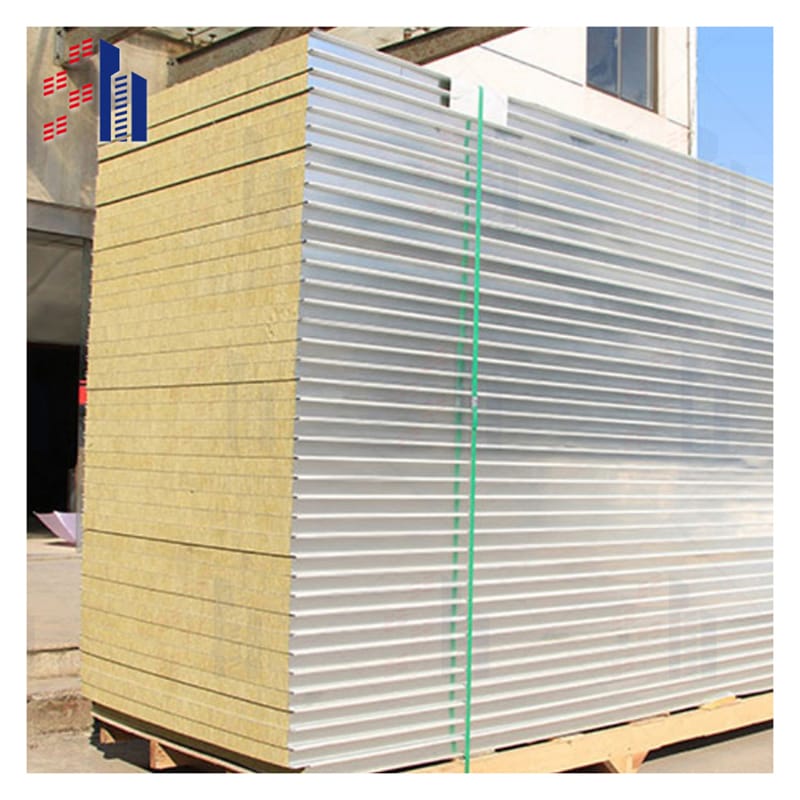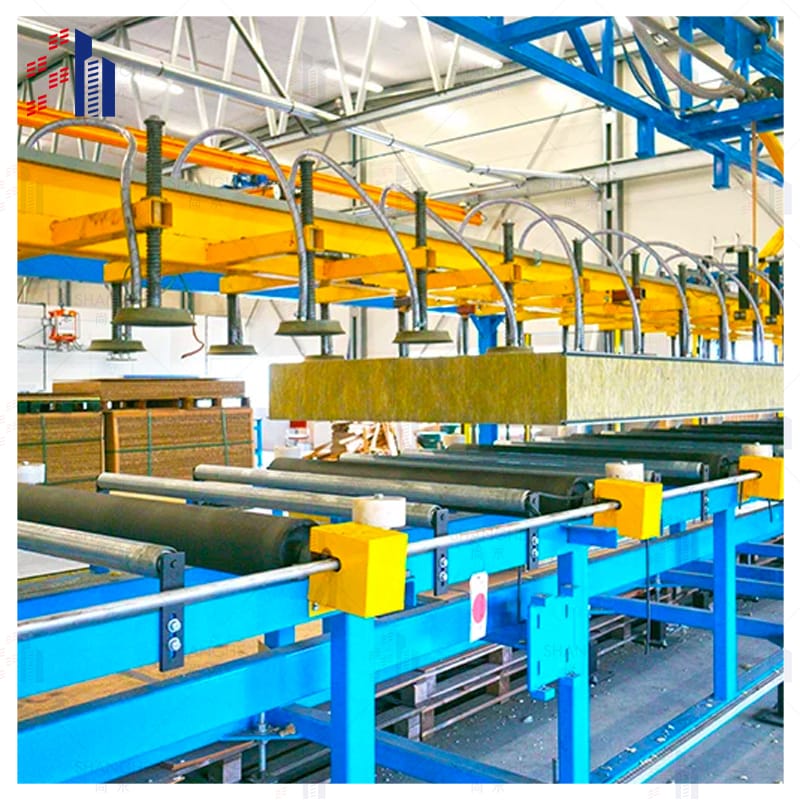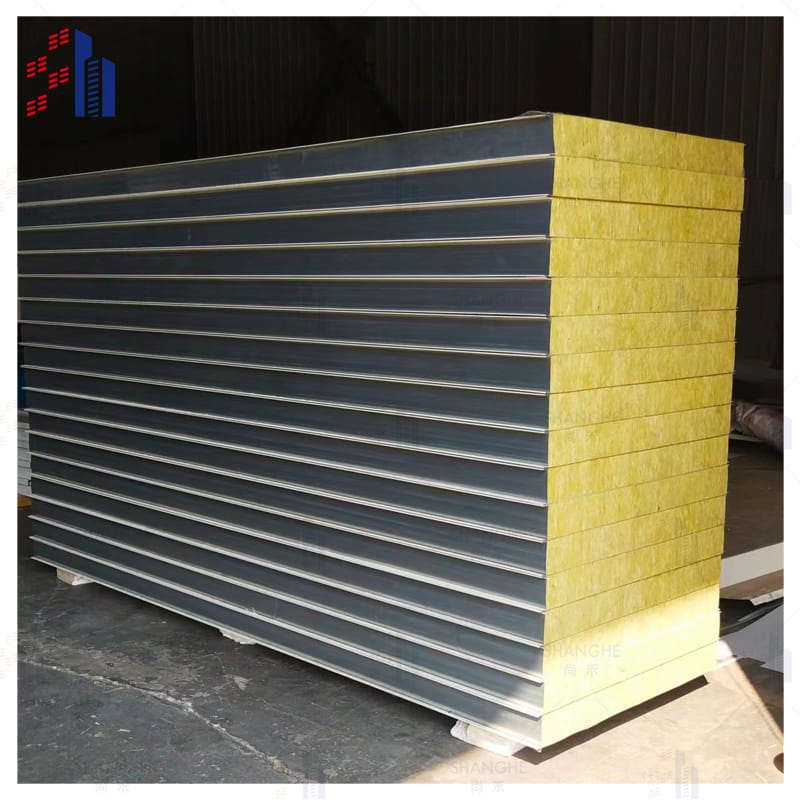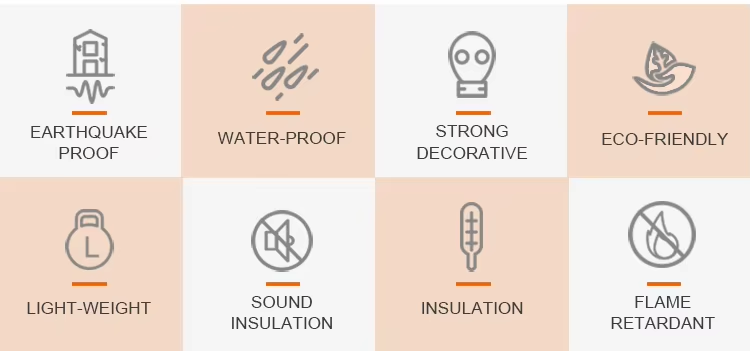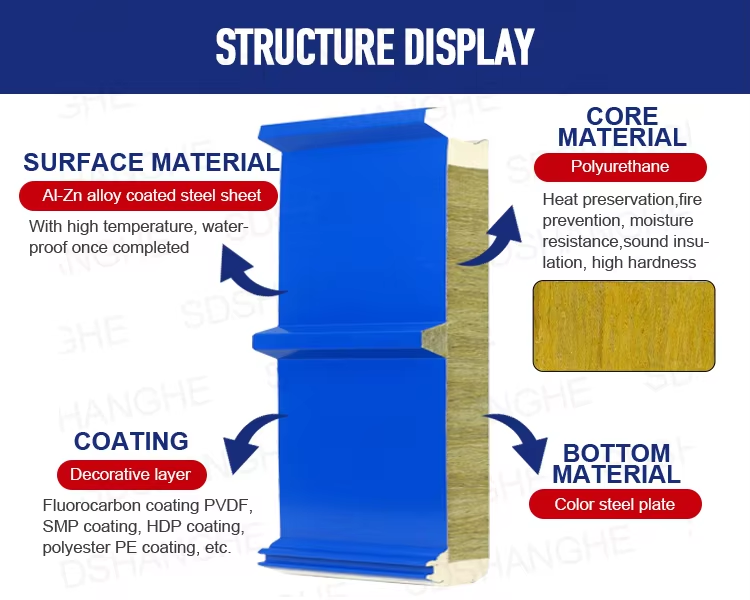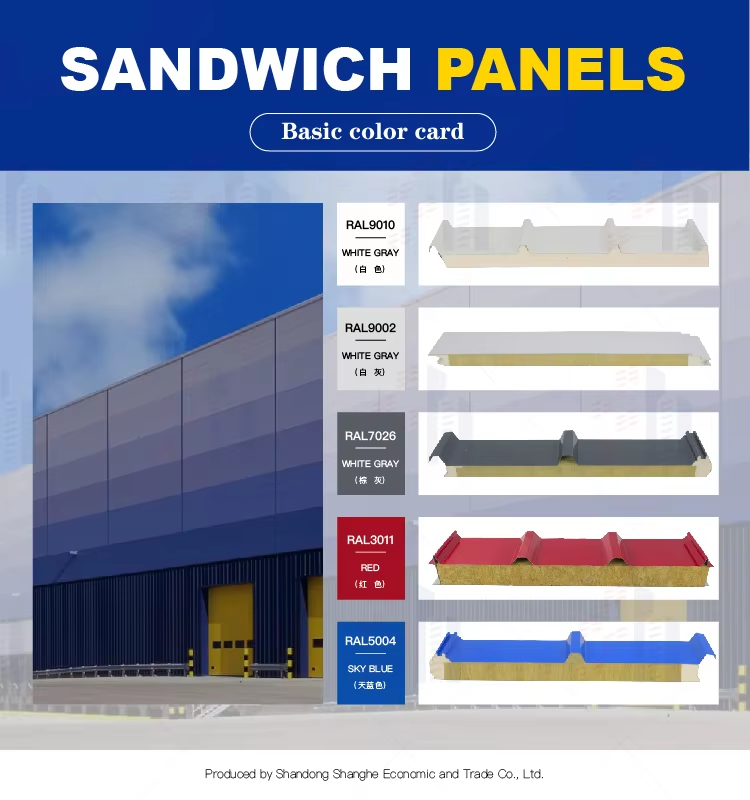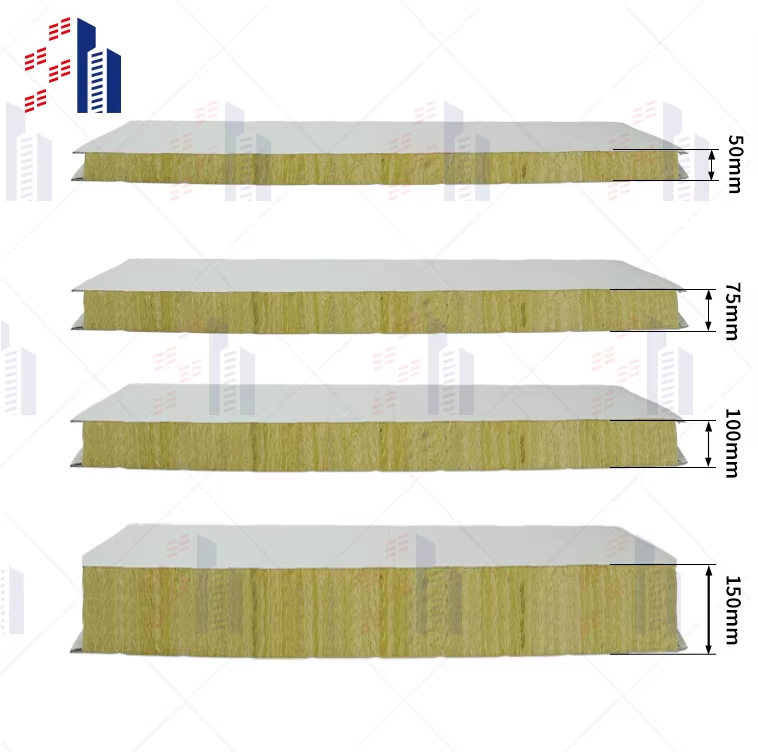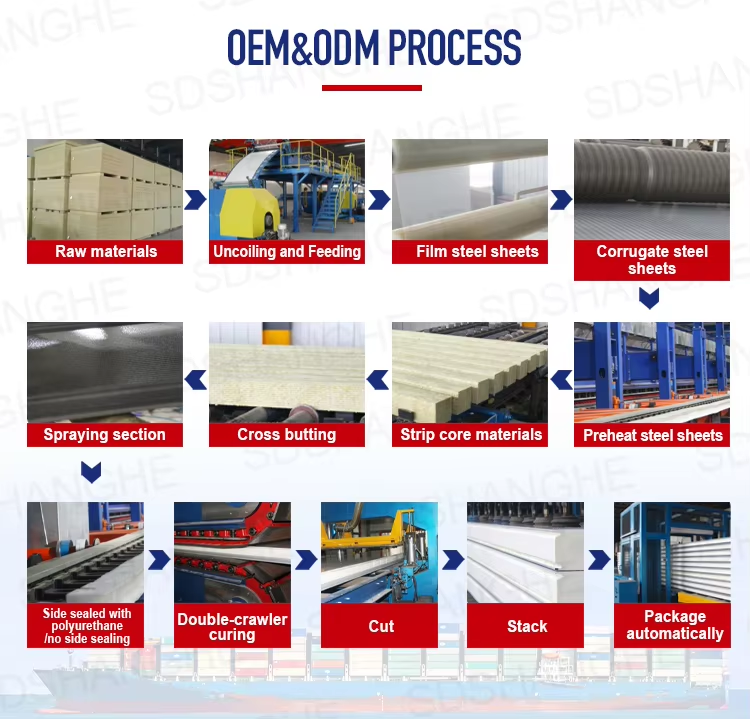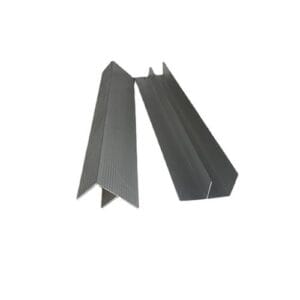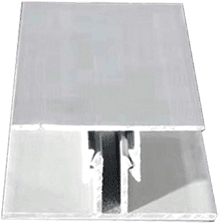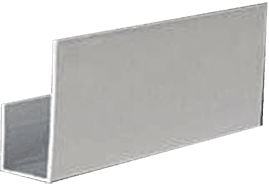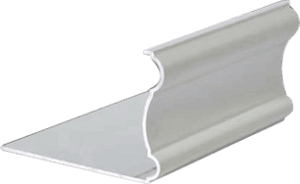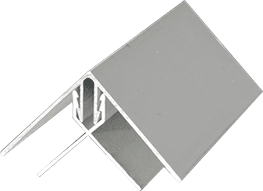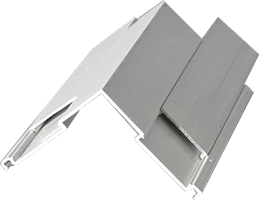Metal Foam Sandwich Panel The Lightweight Game-Changer Trusted by NASA and Tesla
If you’ve been in construction, aerospace, or even high-end retail, you’ve probably heard the buzz about metal foam sandwich panel. And let’s be honest—when companies like NASA use them for spacecraft insulation and Tesla relies on them for lighter, stronger vehicle frames, you know this isn’t just another industry fad.




Customers visit the factory





Installation details
Key Specifications
| Parameter | Specification | Competitor Benchmark |
| Core Material | Aluminum foam (closed-cell) / Steel foam (open-cell) | Most use aluminum only |
| Density | 0.3–0.6 g/cm³ (adjustable) | Fixed at 0.4 g/cm³ |
| Panel Thickness | 10–100 mm (standard), up to 200 mm (custom) | Max 80 mm |
| Skin Material | Aluminum 6061 / Stainless steel 316 / Titanium (optional) | Limited to aluminum |
| Compressive Strength | 8–25 MPa (varies by density) | 5–15 MPa |
| Fire Rating | A2-s1, d0 (non-combustible) – passes EN 13501 & ASTM E119 | Often B1-rated |
| Thermal Conductivity | 5–15 W/m·K (lower = better insulation) | 10–20 W/m·K |
| Operating Temp. | -200°C to +600°C (no degradation) | Max 400°C |
Important attributes |
| design | the present age | After-sales service | Online Technical Support, Other |
| Origin | Shandong, China | Application Scenarios | Warehouse |
| Brand | SH | Warranty Service | polyurethane |
| Panel Material | polyurethane | Models | SH 150mm |
| Usage | Exterior Decoration | Product Name | Diy Foam Sandwich Panels |
| Surface Material | Metallic | Minimum Order | Personalization |
| Thickness | 16MM/20MM/25MM | Color | Bright red, vermillion, lime, sky blue, aquamarine, pea green or customized |
| Width | 100mm,120mm,150mm,200mm | | |
So, what’s the big deal? These panels sandwich a lightweight, high-strength foam core between two layers of metal, giving you the durability of steel without the back-breaking weight. That means lower shipping costs, easier installation, and better energy efficiency—something Siemens took full advantage of in their LEED-certified buildings. And if you think this is just for heavy industry, think again. Even luxury jewelry brands are using these panels to create sleek, scratch-proof displays.
Sandwich Panels: How Boeing and Airbus Slashed Fuel Costs by 15%
Here’s something that might surprise you: sandwich panels aren’t just for airplanes. But when companies like Boeing and Airbus started using them, they cut fuel consumption by 15%—and that’s a number worth paying attention to.
The secret? These panels use a lightweight core—usually aluminum foam or honeycomb—sandwiched between two layers of high-strength metal. The result? A material that’s as tough as solid steel but weighs a fraction as much. And it’s not just aerospace companies that are cashing in. Ford switched to sandwich panels for truck beds and saw material costs drop overnight. Plus, with fire-resistant versions being used in Pentagon renovations, you know durability isn’t an issue.
Foam Board Insulation: Why 3M and DuPont Switched to Metal
Let’s talk about foam boards. You’ve probably used the polystyrene kind—lightweight, cheap, but let’s face it, not exactly tough. That’s why companies like 3M and DuPont ditched traditional foam insulation for metal foam sandwich panels in extreme environments.
Why? Because plastic foam boards warp under heat, crumble under pressure, and just don’t hold up. But metal-reinforced foam? It handles temperatures from -200°F to 900°F—something MIT put to the test in their labs. And if you’re thinking about energy efficiency, California’s net-zero housing projects are already using these panels to cut HVAC costs by 30%. So yeah, plastic foam boards had their moment—but metal foam is the future.
Steel Fabrication Just Got Smarter: How Caterpillar Saved Millions
If you’re in steel fabrication, you know the drill—thick, heavy plates, endless welding, and sky-high material costs. But here’s the good news: companies like Caterpillar found a way out. By switching to metal foam sandwich panels, they cut the weight of their bulldozer cabs by 40% and slashed welding time by 25%.
And they’re not the only ones. Hyundai Shipbuilding started using these panels and passed Lloyd’s Register’s corrosion tests with flying colors. The best part? This tech isn’t new—the U.S. Army patented it years ago for blast-resistant structures. So if you’re still working with solid steel, you’re basically throwing money away.
From Foamboard to Fine Jewelry: How Tiffany’s Keeps Displays Light and Scratch-Free
You wouldn’t think metal foam sandwich panels have anything to do with jewelry, but guess what? Tiffany & Co. and Cartier use them to create displays that are lightweight, scratch-proof, and won’t warp over time.
Here’s why that matters: traditional foamboards (like acrylic) yellow and sag, especially under bright store lights. But metal foam panels lined with soft felt? They keep your sterling silver earrings and delicate fine jewelry looking flawless. Plus, they’re magnetic, so rearranging your jewelry featuring new collections is a breeze.
Tarnish-Free Sterling Silver: The NASA-Inspired Trick Jewelers Swear By
Tarnished silver is every jeweler’s nightmare. But here’s a little industry secret: high-end brands like Rolex and Gorham Silver use metal foam sandwich panels to create oxygen-free displays that keep sterling silver jewelry collections looking brand-new.
How? NASA originally developed this tech to protect satellite components from corrosion. Now, jewelry stores use it to prevent tarnish without messy polishing cloths or chemical dips. So if your piece of jewelry keeps losing its shine, maybe it’s time to upgrade your display game.
Why Your Display Cases Are Wobbly—And How the Louvre Fixed It
Ever notice how some collection includes high-end watches or fragile artifacts wobble on display? The Louvre had the same problem with their Fabergé eggs—until they switched to sandwich panels with a vibration-damping core.
Turns out, this trick came straight from Lockheed Martin’s missile transport systems. And with Caltech’s tests showing these panels can hold 500lbs per square foot while staying thinner than a dime, it’s no wonder museums and jewelry stores are making the switch. Bottom line? If your displays aren’t rock-solid, you’re risking damage—and losing sales.

